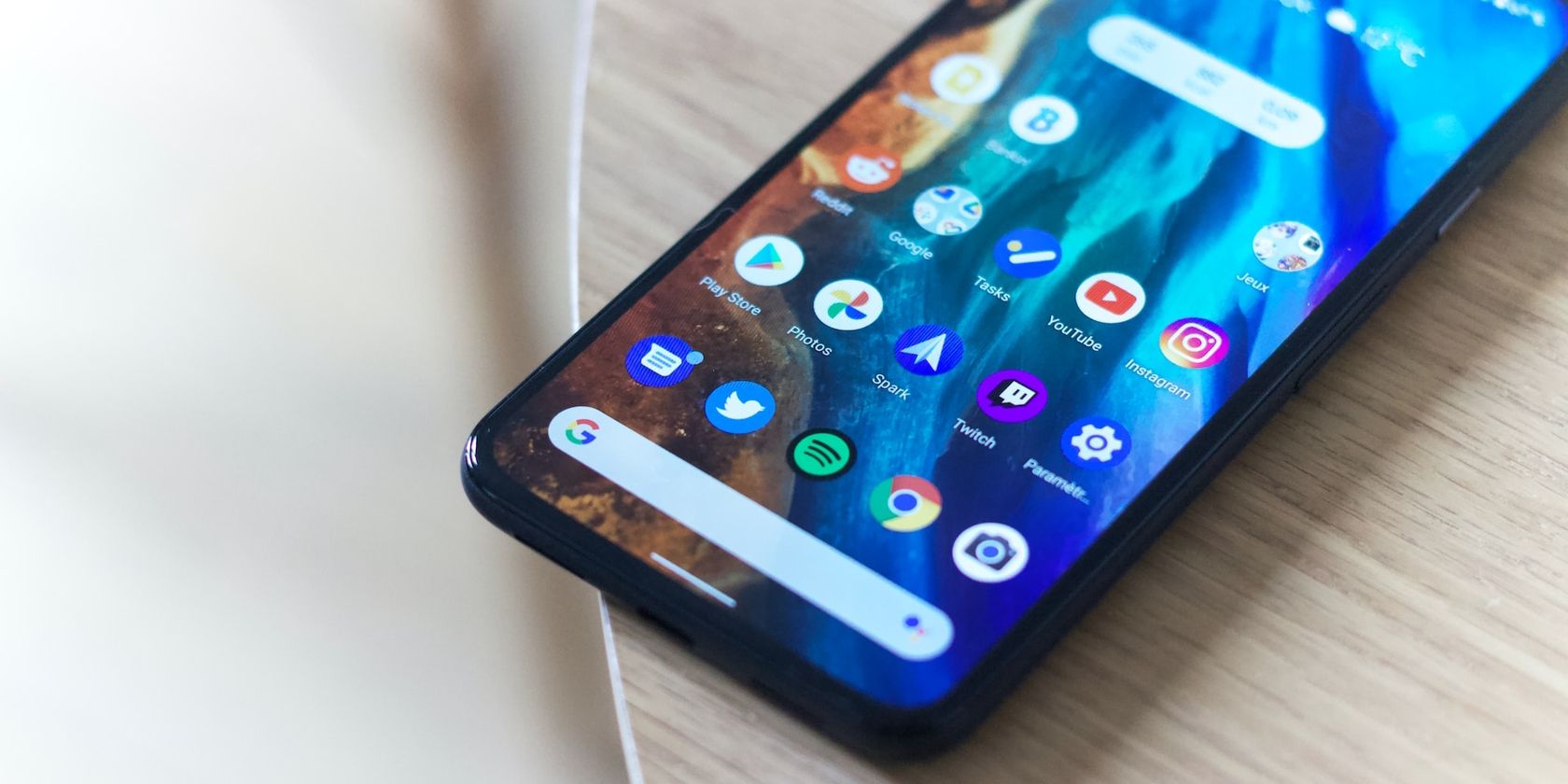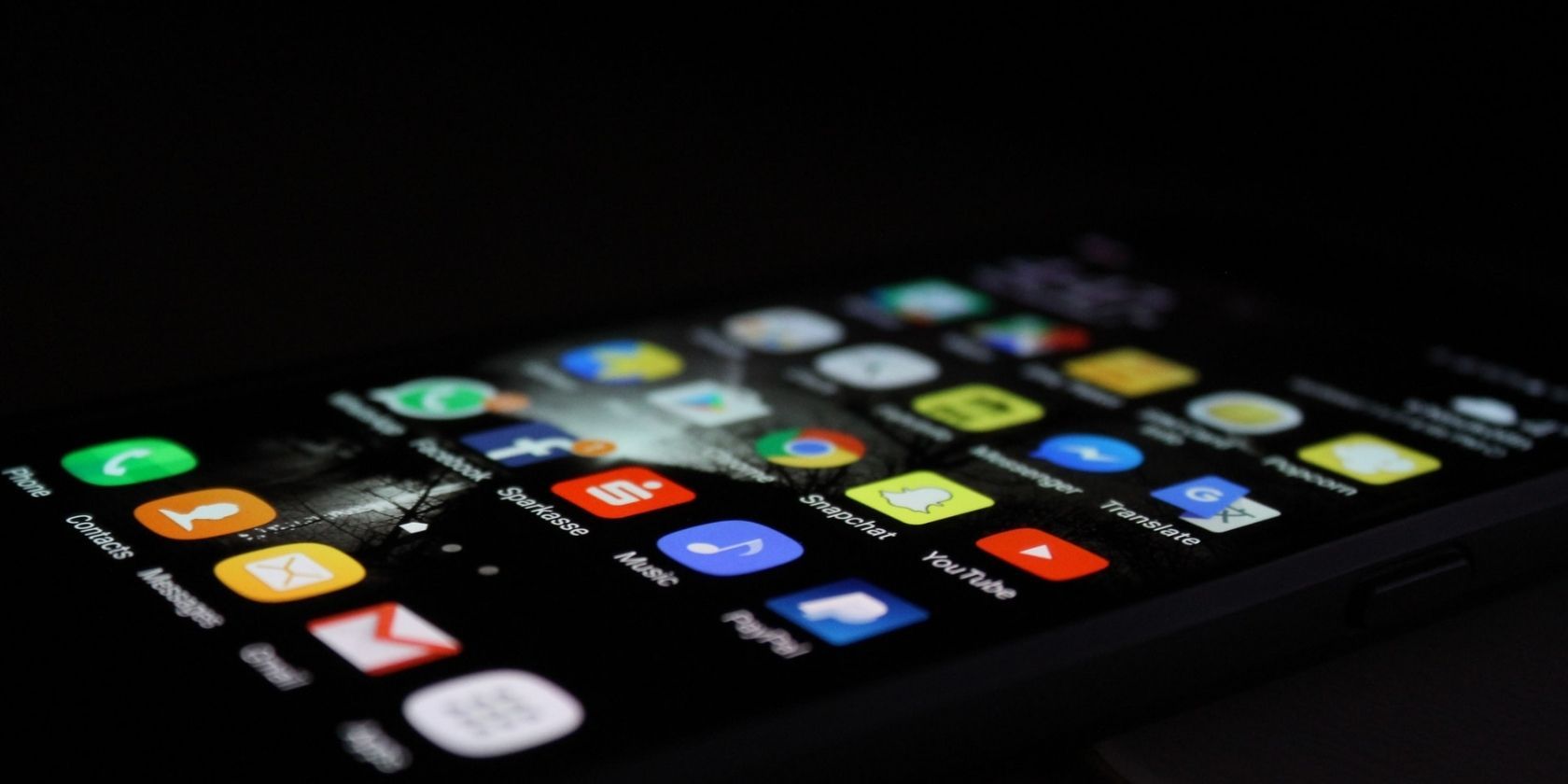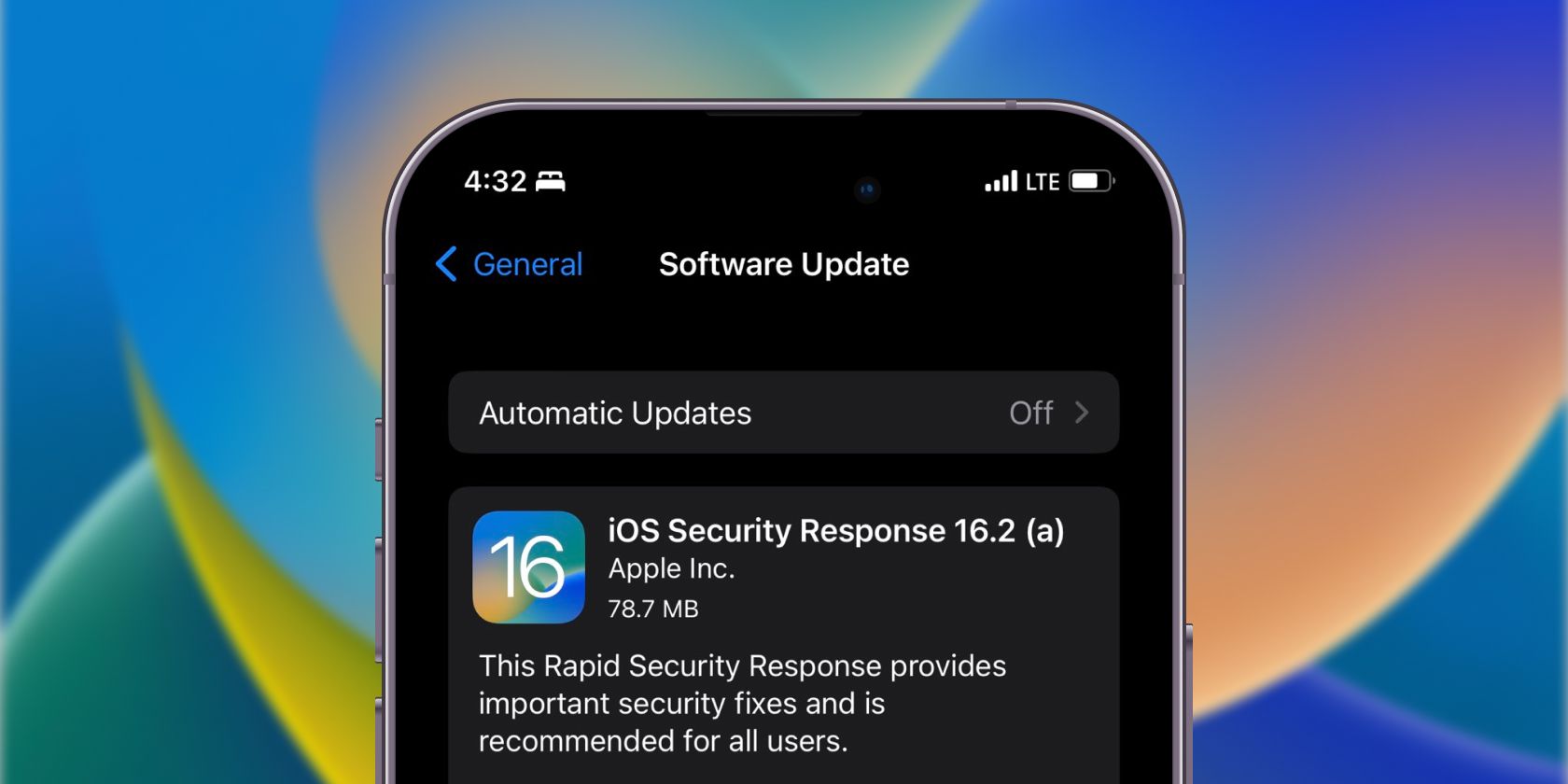Just like your computer and laptop, your smartphone can also be infected with malware. However, a few simple security tweaks are all you need to keep your smartphone safe and sound.
5
Malicious Notifications
Malicious notifications are one of the most common ways that malware can appear on someone’s phone, and the most sinister thing is that they’re often not push notifications from other apps. Instead, they typically appear when you browse the web.
Notifications of this kind can promise various things. One of the oldest examples includes saying that you have won a competition, but this isn’t the only thing you should be aware of. Others include an urgency to prompt you into taking action, and in some cases, they may be even more sinister by claiming you already have malware on your device.
Most of the time, this is simply a lie to trick you into clicking the notification, which will then infect you with malware. If you’re browsing the web on your smartphone and a pop-up appears claiming you have an infection or you’ve won a competition, just close the web page without clicking anything.
If you receive malicious notifications, you have a couple of options. First, clear your browser cache. You can clear the browser cache on Android devices, and there are ways to clear system data and other cache data on iPhones. You should also scan your smartphone with a reliable antivirus or antimalware app. Malwarebytes is available for both Android and iOS devices and is one of the most reliable options.

Related
Got a Virus Warning on Your Android? Here’s How to Respond
Received a pop-up warning that your smartphone has been infected by malware? Here’s how to check if it’s real and what to do if it is.
4
Phishing and Smishing
Phishing involves people sending malicious emails. While these scams sometimes involve financial, other types of fraud, and data theft, a large number will also attempt to make you download malware. Whether you open these on mobile or desktop, the risk is significant, which is why it’s worth understanding the various types of phishing attacks.
Where phishing relates to malicious email, smishing is all about malicious text messages. Some of the more common signs of smishing include poor grammar and exaggerated messaging (such as “my brother needs you to send $2 million”). You may see malicious links in some cases, whereas other forms of smishing could include attachments.
In the modern era, smishing has become increasingly difficult to detect. Many criminals utilize AI, resulting in a surge in AI-driven phishing attacks. Examining red flags, such as “Dear Valued Customer” lines, is crucial.
Regardless, you should never click on content you think might be phishing or smishing.
3
Outdated Software
You may have had outdated software on your phone without realizing it. This applies to your smartphone’s operating system, as well as to the apps installed on your device. Despite seeming harmless and inconvenient at best, failing to update your software can pose a serious threat. In short, security patches help to keep hackers out of your apps.
Software updates keep you safe from other threats beyond malware, too. For example, they can quickly nullify recent attacks. If you have an iPhone, it’s worth enabling Rapid Security Response for an extra layer of protection as well. Rapid Security Respond essentially downloads smaller security updates more frequently, which helps address vulnerabilities faster.
Head to Settings > General > Software Update, tap Automatic Updates, and toggle Security Responses & System Files to switch it on.
Unfortunately, Android doesn’t have a similar feature at the current time. However, you can check your software by going to your app store or phone settings. If you notice something is available, update it as soon as possible. Switching on automatic updates is also a good idea for the future.
2
Downloading Unsafe Apps
It’s easy to think that every app on the App Store and Google Play is safe to use these days. However, while many of them are, you are still not 100% protected. Unsafe apps are an obvious danger, but programs that have been abandoned are also a security risk.
Apps that haven’t been updated for a while are a prime target for malware and other threats, as they may have security vulnerabilities that can be exploited to access data, accounts, and more. You should audit your device to ensure that developers continue to release updates for all the software you use. It’s also worth double-checking reviews to confirm that any apps you download are safe.
You should also be cautious when installing third-party software on your smartphone. Third-party app stores may not have the same rigorous protocols as the likes of the App Store and Google Play, which potentially puts you under threat. Apple stopped app sideloading and third-party app stores for years, until March 2024, whereas Google has always allowed app sideloading in Android. However, even though there are some better app stores than Google Play, the process of sideloading apps generally comes with some serious risks.

Related
Sideloading: Why Installing Unofficial Apps May Put You at Risk
Can’t find the app you’re looking for on official app stores? You might be tempted to sideload content. Here’s why you shouldn’t.
1
Visiting Unsafe Websites
Not all websites are created equally, and knowing how to differentiate a safe site from an unsafe one is important. You can identify potentially threatening websites in multiple ways, such as:
- No SSL certificate (the padlock is often not shown in URLs anymore, but you can check if the connection is secure via your browser)
- Misspelled domains that represent a similar (and often well-known) site or company
- Lengthy loading times
Fake websites are one of the most common sources of malware, and visiting unsafe sites will open you up to other security threats, such as spyware. You’re better off avoiding them at all costs. If you’ve accidentally visited one, close it immediately and consider checking your device for unwanted software.
